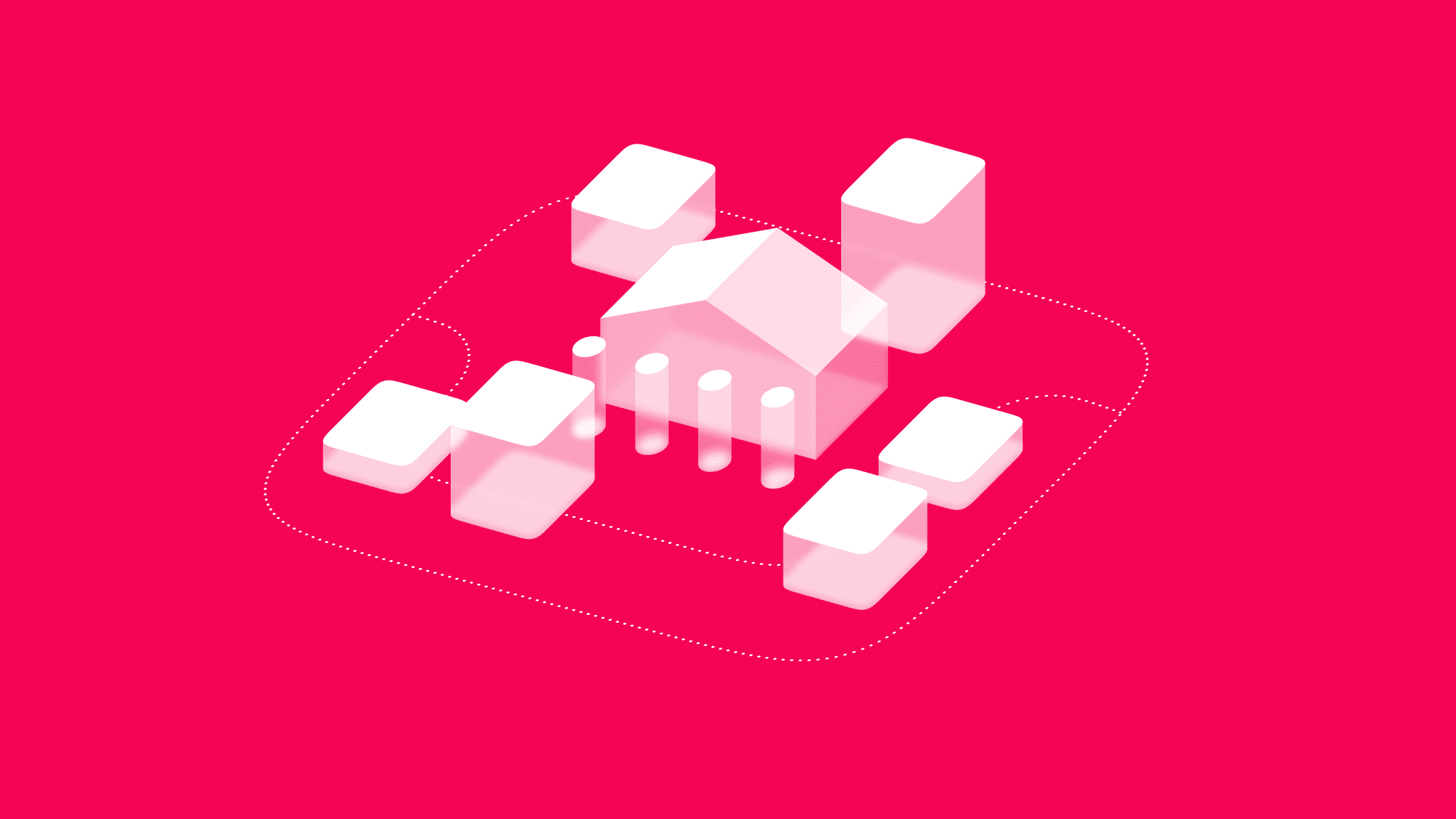According to the latest data, over 5 million users opted for Open Banking since its launch in 2018. Naturally, the pandemic has significantly accelerated the trend, but the growth would have arguably happened in any case – it was about time to shuffle the stagnating competition and conservative “old-timers” banking. About 75% of millennials claim they are very confident using neobanking (aka online-only) and would choose it over the standard one.

Open Banking on the rise
Convenience is the main selling point for the vast majority of users: with Open Banking, you can perform real-time payments while cutting down the transaction time, all this with maximum insight into your finances. The flexibility of Open Banking serves for adjusting the process according to the specific needs of a client and provides customization. Finally, Open Banking saves consumers’ time and money while also letting them decide on a financial app of their choice.
But Open banking is not only about making banking accessible but also about enabling a wider range of services that were limited with your regular bank. For small businesses, for instance, Open Banking can provide tools that will help them both with budgeting and improving their credit score.
Not to forget that any neobanking, and Open Banking in particular is what, in turn, supports innovation of financial products, their transparency, and creates healthy competition in the banking sector. Simply put, Open Banking is “the next big thing”, but it still has a number of challenges to overcome – most of them represented by the usual suspects: data safety and data protection regulations.
Key challenges
Open Banking and data sharing with third-party providers
One of the most resounding concerns up to this date is how to ensure sufficient protection of the interests of consumers while the possibilities for automated data sharing expand. In an open financial system, APIs allow external programs to access the data and services of financial parties. This information sharing is what allows Open Banking to offer you a wide range of services.
Open Banking is fully compliant with GDPR and supports the data portability requirements. But what if the third party fails to manage its GDPR obligations? Eventually, it all comes to creating accurate systems and “live” data mapping that would monitor the data flow. Of course, there is no way around GDPR-compliant processes without a clear and appropriate consent text and explanation. Contractual obligations and protocols for consent withdrawal are also essential.
As an additional tool, there is a Dispute Management System available on Open Banking that can help accounts and regulated third parties-providers manage inquiries, complaints, and disputes.
KYC/AML Requirements
Know Your Customer and Anti Money Laundering requirements were created in order to provide information about the party involved in a transactional operation and monitor (and possibly prevent) any suspicious activity. Statistics show that AML compliance is vital: according to the latest data, 18 out of the 20 biggest banks in Europe were hit by AML-related sanctions. KYC, on the other hand, as an instrument of AML is a key element of customer due diligence. KYC processes involve collecting and analyzing customers’ data (“personally identifiable information”), and this is where the data protection concern comes to the table. Compliance of AML with GDPR is not automatic, thus challenging, especially considering that the legal requirements of AML legislation override the Right to be Forgotten within GDPR.
Can artificial intelligence solve money laundering? Adapting AI-driven technologies is much more efficient than following the traditional AML mechanisms simply because, thanks to the specialized algorithms that use a vast pool of data, any unusual transaction is much easier to detect.
Consumers don’t really understand the real value of Open Banking
The lack of education, especially from the side of small business owners, shows that there is not enough awareness about all the benefits and overall availability of open banking – especially outside the financial sector. There are numerous widespread misconceptions, most of which concern how the data is harnessed, bringing us to the core of this problem. The real next challenge is to clarify to consumers that they choose what section of the banking they give access to and that the companies have a right to ask for access only to the information they need in order to provide the services they offer.
Case Study: Rabobank
In the Netherlands, Rabobank has commenced with Open Banking. According to the bank representative Nico Strauss, Rabobank regards PSD2 (the Payment Services Directive) as an opportunity to take the lead in the transition to an open financial system. Strauss claims that with this ambition, the bank will help its customers “bank the way they want”, not just through the usual channels of the bank itself.
What is the difference between PSD2 and Open Banking? Some do not realize that while, at the core, both lead to higher transparency and flexibility of the banking sector, these are two different initiatives, where PSD2 is an EU direction, and Open Banking is a UK-based established standard.
Rabobank harnessed the data issue quite confidently when they prepared a data manifesto, which proclaims that data always remains the property of their customers. But in order to use all the data accessible through Open Banking, it is vital to use advanced apps and AI-generated categorisation engines.
“Rabobank is the only bank in Europe that has put these domains together,” says Strauss, meaning the merge of the fields of payments, identity services, and the open development portal, where Rabobank works on the building of APIs with clients and software engineers.
Conclusion
Although there are several resounding voices who still claim that the Open Banking “craze” will be over soon, the actual development takes a turn towards rethinking the banking sector, with more added transparency, more credibility, personalisation and – naturally – more convenience. It’s the openness of the industry that will allow customers to get financial products better tailored to their specific needs and, subsequently, to reduce costs.






